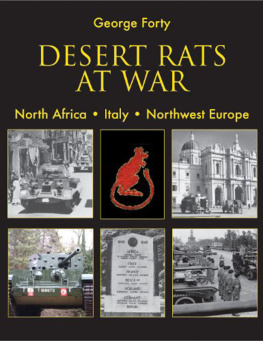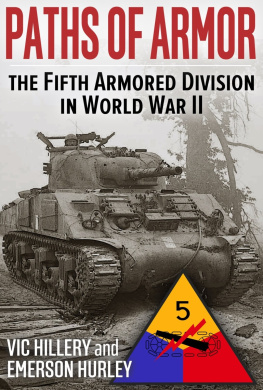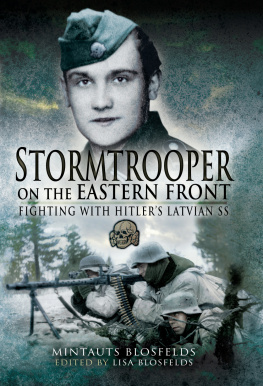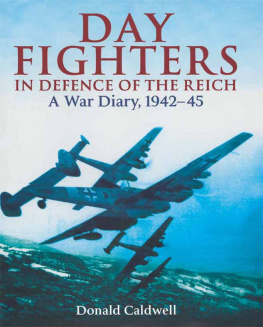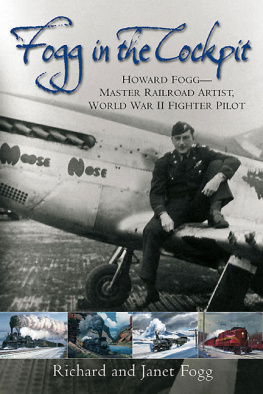BURY ST EDMUNDS (ROUGHAM) - STATION 468
Description: American bomber base used by the 94th Bomb Group.
Location: 2 miles east of Bury St. Edmunds on A14.
Directions: Watch for sign for Rougham Industrial Estate and follow signs for the control tower. For Flying Fortress pub, continue on minor road off A14, ignoring road at left to technical site.
Comments: In the town centre of Bury St Edmunds is the Old English Rose Garden located in the Abbey grounds which pays homage to those lost in service with the 94th Bomb Group in WW2. At the entrance is a plaque reading:
The construction of this old English rose garden is due to the generosity of an American friend of this borough Mr. John Appleby, who was stationed near Bury St. Edmunds during the war whilst a member of the United States Eighth Air Force. Mr Appleby became very attached to this old town and its historic associations and also to the surrounding countryside with its numerous picturesque villages and fine churches. His regard and affection for this portion of England and its people is portrayed in his book Suffolk Summer written after his return to the United States. The Royalties from the sales of this book have been generously given to the Borough for making and effecting improvements to this Rose Garden.
Inside the garden is a memorial to the 94th Bombardment Group, Squadrons 331st, 332nd, 333rd, 410th and supporting units US Army Air Forces, 15 October 1977. A B-17 is illustrated as well as the star-and-bars insignia of the USAAF. A second plaque reads: Presented to the people of Bury St Edmunds, a memorial honouring those men of the 94th Bombardment Group who gave their lives during World War II. 4th Combat Bombardment Wing, 8th Air Force, Rougham Airfield, Bury St Edmunds, 1943-1945.
Also in the garden are three memorial seats, one of which is of aircraft alloy from a B-17 and inscribed: 1945 Presented to the City of Bury St Edmunds by the US Army Air Forces. The others are wooden and were presented by the 94th Bomb Group Memorial Association and the 364th Fighter Group, which was based at Honington in 1944-45.
The control tower, which became a permanent dwelling 1945-1983 and was known as Tower House, is now the Museum. The Rougham Tower Association was formed by a group of local people in July 1993 with the aim of restoring the airfield control tower to its original condition. The Association became a Registered Charity in 1998. Entrance to the museum is free, except on event days. The museum is open every Sunday from the first Sunday in May until the last Sunday in October, normally between 11am and 4pm. Other times by appointment. During your visit you will be able to see what progress has been made to date and learn a little of the history of the Association and the Tower itself. To Join The Rougham Tower Association contact The Secretary, Rougham Tower Association, The Control Tower, Rougham Industrial Estate, Bury St Edmunds, Suffolk, P30 9XA. You will receive a quarterly newsletter Rougham Roundup plus discount on items purchased in the PX shop. Tel: 01359-271471 Fax 01449-737136. Email: tower@rougham.org website: www.rougham.org For Airfield Events see www.roughamairfield.org or Tel: 01359 270238.
On unclassified road 2 miles E of Bury St Edmunds is The Flying Fortress public house, which opened in December 1988 on the edge of the former airfield, featuring a B-17 on its sign. The refurbished building was previously a farm managers house and during the war was used by the USAAF as the HQ of a ground unit. The car park is part of the old perimeter track.
CARLTON COLVILLE
Description: Site of a 487th Bomb Group B-17 crash.
Location: South of Lowestoft.
Directions: On B1384 A12 and A146.
Comments: On 14 March 1945 the bravery shown by 2nd Lieutenant Robert H. Portsch (24), a B-17G pilot in the 836th Bomb Squadron, 487th Bomb Group, saved Lowestoft from tragedy. Portschs B-17 was one of thirty-six that took off from Lavenham for Hannover but when the No. 2 engine lost power over Belgium he was forced to abort the mission. Portsch crossed Lowestoft at 1450 hours when the engine suddenly exploded into flames. The burning bomber, loaded with HE bombs and incendiary containers began a wide circle to the left, back toward the open sea. Parachutes were seen descending as the crew began to abandon the aircraft. The tail gunner finished up hanging from a lamp post in Victoria Road, Oulton Broad. The last crewman jumped safely. He related how, when last seen, his pilot had been calmly going through the procedure to set the autopilot, so that he too could bale out. The flaming bomber was by now heading for the coast, where it was hoped that it would crash harmlessly into the sea but it rolled over and dived into a row of anti-tank blocks near Grove Farm, Carlton Colville, where it exploded into a blazing fireball. No one on the ground was injured but if the fuel and bomb-laden Fortress had crashed on the town itself, the outcome might have been different. Betty Larkin, 72, of Lowestoft Road, witnessed the crash. It just missed the houses, which was miraculous. That is why we are so thankful. The body of Robert Portsch was found in a tree near the wreckage. He had managed to jump at the last moment, but was too low for his parachute to save him. As his radio operator jumped he hit the tail unit and fell in Dell Road without his parachute opening.
In 1986 workmen laying the footings for houses on what has since become Saxon Fields Estate, unearthed the wreckage of the wartime bomber from its resting place in a filled-in anti-tank trench. Numerous items, including a complete engine and propeller blades, were recovered and these can now be seen displayed at the Norfolk and Suffolk Aviation Museum at Flixton, near Bungay. Five roads on the Saxon Fields Estate have been named in honour of Portschs crew on this fateful day. They include Fortress Road and Portsch Close. In December 1992 a memorial was unveiled at the site. The memorial plaque was the brainchild of Betty Larkins husband Cyril (76) and his twin brother Claude erected the plinth.
DEBACH - STATION 152
Description: American bomber base used by the 493rd Bomb Group.
Location: Debach is 3 miles north-west of Woodbridge, Suffolk on unclassified road off B1078. Some of the sites were located in the adjoining village of Burgh.
Directions: Turn off the B1078 by Grove Farm in Clopton. Turn 1st right onto Snipe Road. 1st left will lead to the 493rd Bomb Group memorial. Clopton Church is on the B1079.
Comments: The 493rd Bomb Group memorial, as well as the memorial in Clopton Church and the Debach village sign, which bears a plaque dedicated to the 493rd Bomb Group, are well worth seeking out. The control tower is now the 493rd Bomb Group Museum. Contact Mr Richard Taylor, Grove Farm, Clopton, Woodbridge, Suffolk IP13 6QS at Web address www.493gdebach.co.ukoremailrichard@prilly.fsnet.co.uk . Telephone 01473-737236. Information can also be obtained for hangar dance events. The museum is open on the last Sunday in the month from June to September 11am to 4pm.




